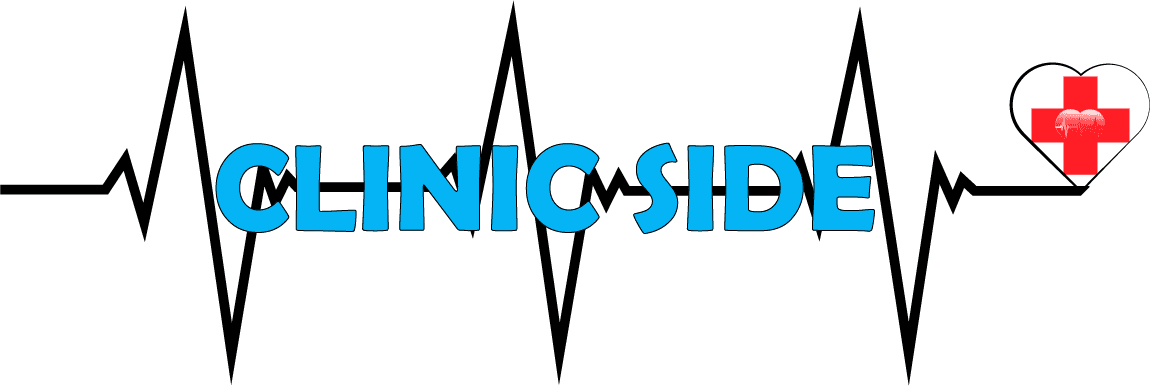Quiz
Available options: 1 to 20
Pre-Quiz Discussion:
Introduction to Growth and Development:
Growth and development in children are key indicators of health and well-being. In this comprehensive guide, we will delve into the intricacies of growth, development, and the crucial role they play in assessing the overall health of children. These two closely related aspects provide valuable insights into a child’s physical and mental well-being, and they are often assessed simultaneously.
I. Growth: A Quantitative Increase in Size
A. Defining Growth
Physical Growth:
Measuring the increase in size, including height and weight.
Factors Affecting Growth: Intrinsic and extrinsic factors that influence the rate of growth.
B. The Importance of Serial Measurements
Monitoring growth over time.
Plotting growth measurements to assess patterns and deviations.
Using percentile distribution graphs for comparison with normal standards.
C. Weight as an Indicator of Growth
The significance of body weight in assessing nutrition and overall growth.
Weight changes in early life and throughout childhood.
The doubling and tripling of birth weight milestones.
Puberty and the growth spurt.
D. Height: A Measure of Growth
Initial length measurements for infants.
Transition to height measurements as children grow.
The influence of growth factors and chronic disorders.
Puberty and the growth spurt.
II. Development: The Functional Maturation of Organ Systems
A. Understanding Development
Quantitative and functional maturation of organ systems.
Assessing development through the acquisition of skills and adaptability.
B. The Interplay Between Growth and Development
How growth and development are closely linked.
Evaluating health through body measurements and developmental landmarks.
The significance of deviations from an individual’s growth pattern.
C. Head Circumference: A Measure of Brain Growth
The rapid increase in head circumference during infancy.
Identifying potential issues with brain growth.
The relationship between head size, body size, and prematurity.
Measurement Techniques
The proper way to measure height and length.
The equipment and trained personnel needed for accurate measurements.
Measuring head circumference and interpreting results.
Summary
Understanding growth and development in children is essential for assessing their overall health and well-being. By carefully monitoring both quantitative indicators and functional maturation, we can identify potential issues and provide the necessary support and interventions for children’s healthy development. Regular measurements and adherence to proper techniques are key to accurate assessment, enabling us to ensure the best possible start in life for our young ones.
Test Guidelines and Time Limit:
Guidelines for Maximizing Your Quiz Experience:
Read and Understand:
Carefully read each question related to baby’s Growth and Development and ensure you have a clear understanding of the concepts before selecting your answer. This will help you make informed choices and avoid misconceptions.
Choose the Best Answer:
Evaluate all available options before selecting the one that aligns best with your knowledge of baby’s Growth and Development. Strive for accuracy and relevance in your responses.
Time Management:
The quiz has a time limit based on the number of questions you choose. Allocate 45 seconds per question. Manage your time wisely to complete all questions within the allotted time.
Efficient time management increases your likelihood of successfully completing the quiz and submitting your answers within the designated timeframe. Best of luck!






